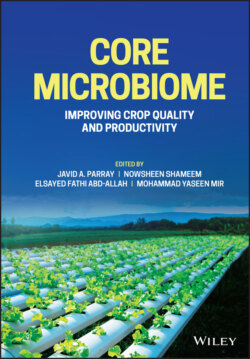Читать книгу Core Microbiome - Группа авторов - Страница 65
4.3 Use of Compost in Mulching
ОглавлениеThe application of compost in mulch can be used to control weeds and improve soil fertility (Ozores-Hampton et al. 2002). Mulching is mainly found in areas abounding in greenery. The effect of compost on mulching, inhibiting weeds is achieved by minimizing the light reaching the seeds of the weeds, which often germinate in the topsoil. Before compost is applied in mulching, the place must be cleared of all established weeds. Woodchip waste from young trees and compost prepared using poultry manure as mulch have been used in an organic apple orchard to control weeds in California (Smith et al. 2000). The thickness of the compost layer required is around 10 cm to be effective against germinating weeds (Hanslin et al. 2005). Mulch consists of two layers of composts: nutrient-rich and nutrient-poor, which is the top that has particles of size 20 mm. Trees and shrubs get nutrients from fine particles, and weeds can be controlled as they cannot grow on a coarse and nutrient-poor layer of the mulch. Compost is applied as mulch in orchards, and this improves the water balance and physical properties of the soil, reduces erosion, and decreases the use of inorganic fertilizers.
